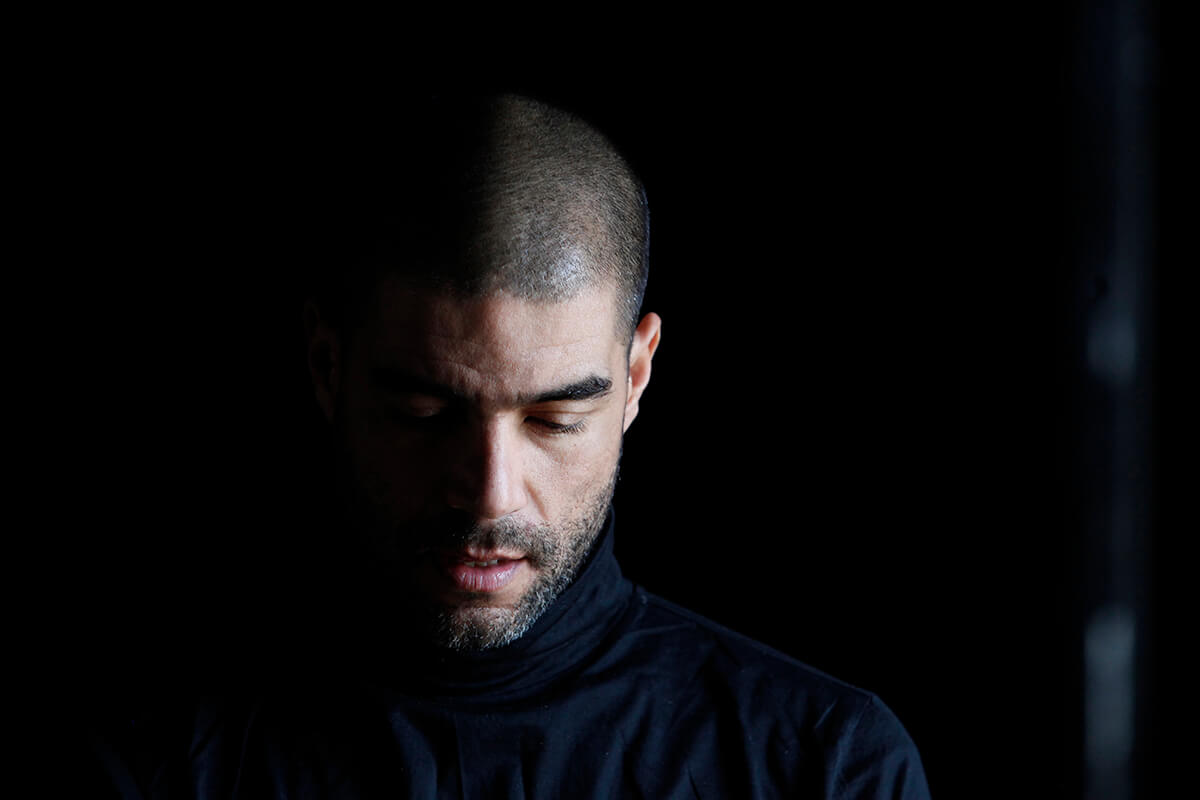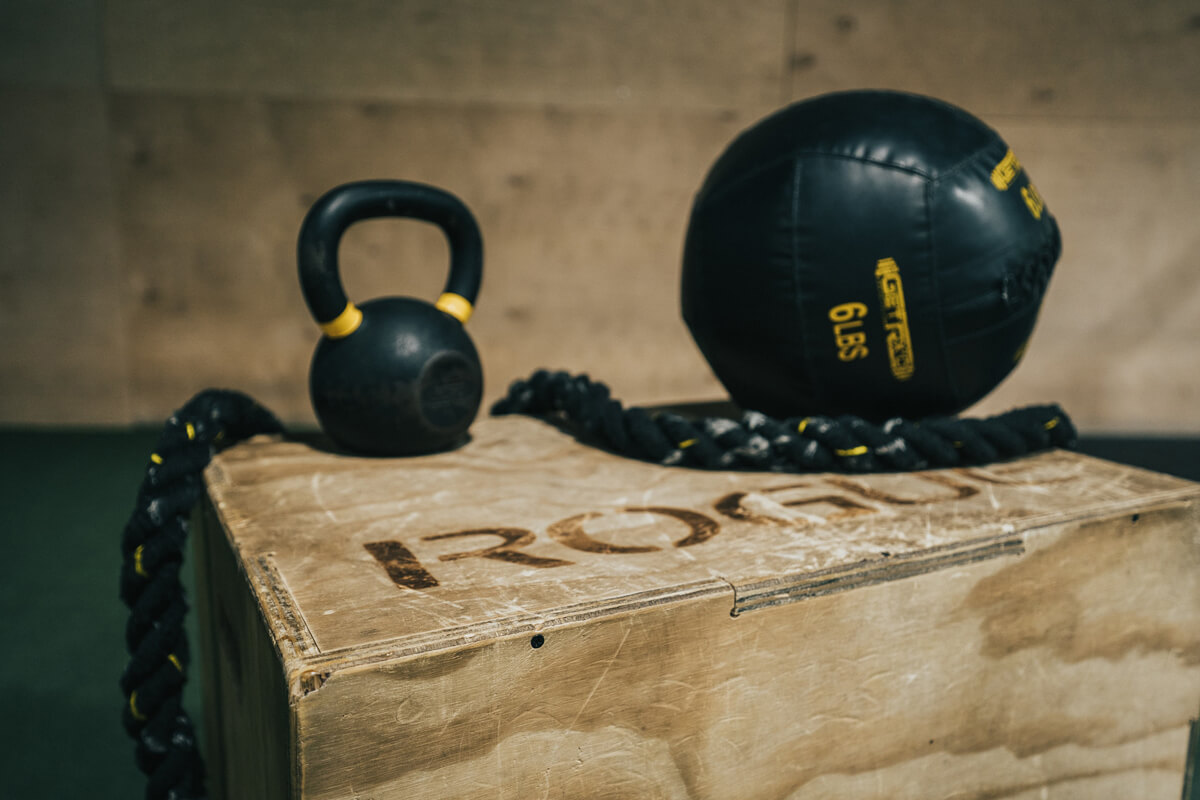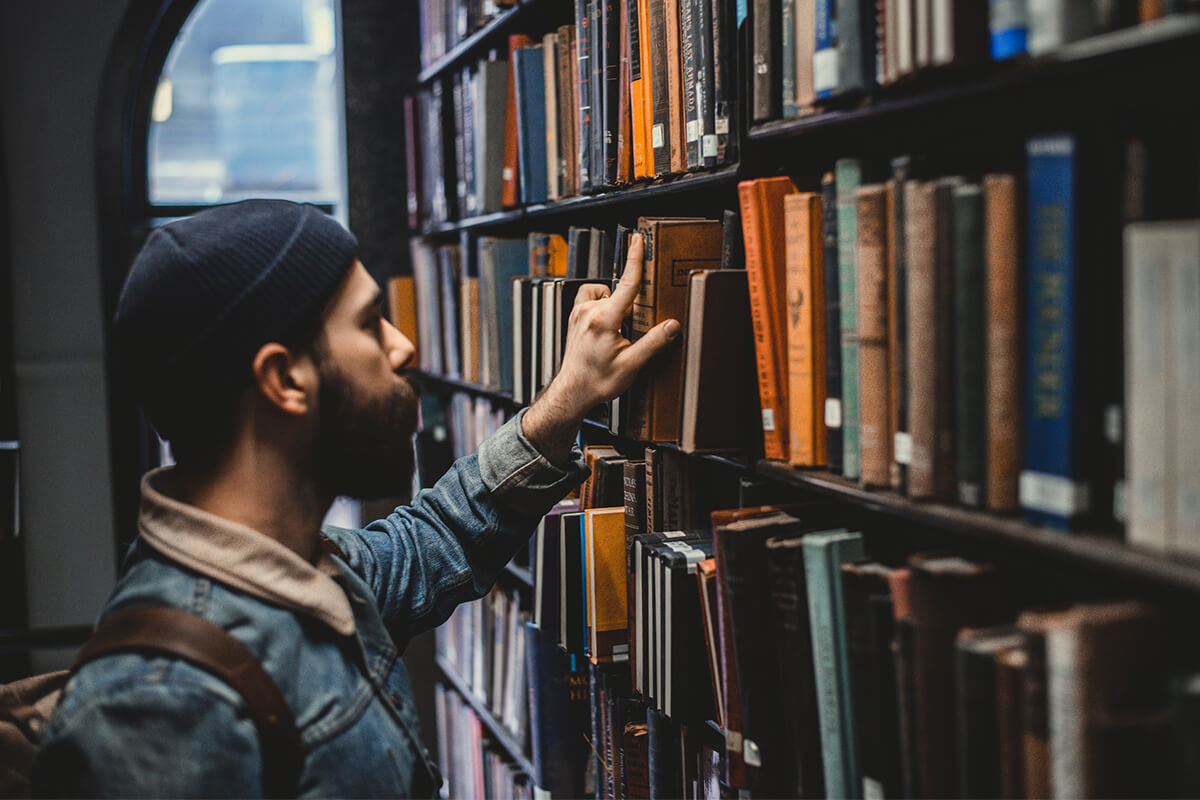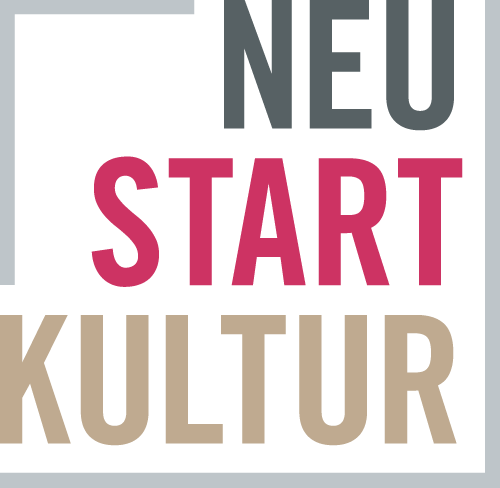DIS-TANZ DIARY #4
AN INTERVIEW WITH EMANUEL GAT
Jan 30, 2021 in DIS-TANZ-SOLO

I started collaborating with Emanuel Gat in 2009, right after deciding to switch from being a rep company dancer to going freelance. I never expected to stay involved in the company’s projects for such a long time, but once you surrender to the juxtaposition of freedom and responsibility that exists in Emanuel’s work it’s really hard to turn back. I love that his work is all about communication and compromise, about putting your own body and movement in relation to what’s happening around you. The virtuosity that exists in Emanuel’s pieces emerges from a common effort, it’ a group virtuosity. As a dancer, you are not treated like a circus horse, but like an elemental part of the artistic process. Not merely when preparing a show in the studio, but rather on stage, where you’re constantly asked to analyze and make sense of what’s happening in order to make choreographic choices and push the work forward.
Arising from a recent joint creation period, I had the idea to talk to Emanuel about his thoughts on the physical (and mental) conditioning of his dancers, shared responsibilities on and off stage, and the advantages of horizontal learning.






